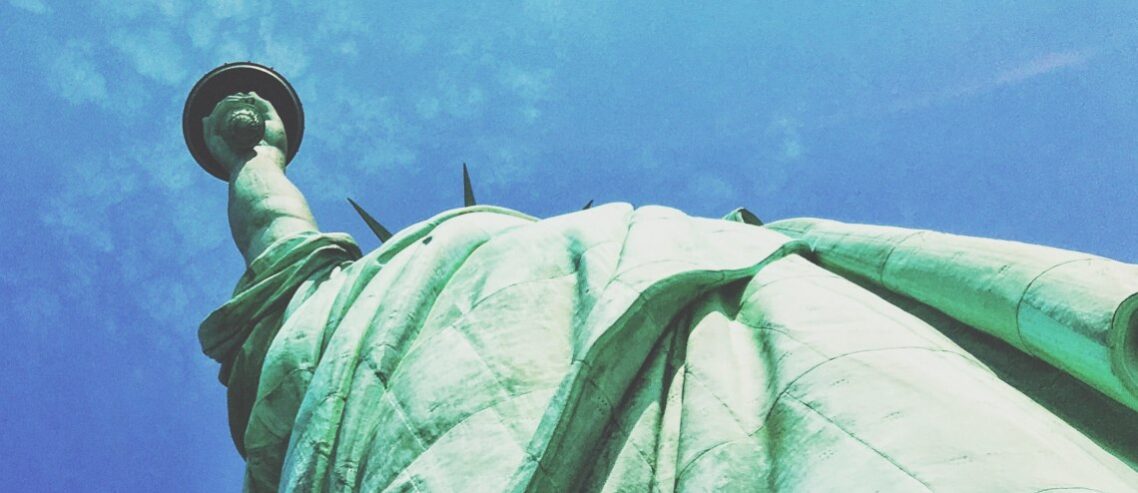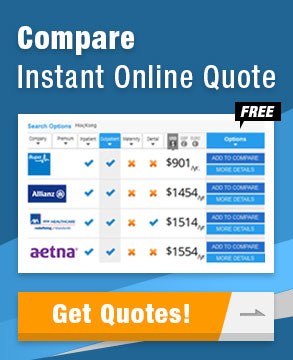A guide to international student insurance requirements for F1, J1, and M1 visas
If you are planning to study in the USA as an international student, you will need one of the three following visas, an F1 visa, a J1 visa, or an M1 visa. Note that the F1 and the J1 visas allow the possibility of employment but do not guarantee it. On the other hand, an M1 visa does not permit employment. Before you start putting your application together, its a good idea to research the admission policy for your university and get prepared to prove academic eligibility, financial stability, and health insurance policy that will cover any medical expenses while in the USA.
In this Pacific Prime Latin America article, let’s take a closer look at the three types of international student visas and their respective admission and health insurance requirements.
F1 Visa
The F1 visa is issued to students who plan to attend an academic or English Language Program. F1 visas are also the most common form of international student visa in the USA, and F1 students must maintain a minimum course load or full-time student status.
F1 status allows students to part-time, on-campus employment for less than 20 hours per week. Moreover, students can request Optional Practical Training (OPT) for an extra year after completing the academic program. Students must complete their academic course by the expiration date on the I-20 form (Certificate of Eligibility for Nonimmigrant Student Status).
F1 visa admission requirements
Students need to understand that different universities in the US have different admission policies. The university you wish to attend will tell you what they need to determine whether you are academically eligible. Moreover, there are additional requirements you will need to show the university or school, such as:
- Bank statements to show that you have enough money to support yourself
- Valid health insurance to cover medical expenses
Note that health insurance requirements change from one state to another in the USA. So, ensure you get the right plan/policy or contact an insurance expert at Pacific Prime for help.
J1 Visa
Students who need practical training (not available in their home county) to complete their academic courses are issued a J1 visa. J1 status allows students to work part-time, on-campus employment for less than 20 hours per week, as long as the exchange visitor program approves it.
J1 visa application requirements
When applying for a J1 visa, you will need to submit the following documents to the US Embassy:
- DS-2019 Form, Certificate of Eligibility for Exchange Visitor Status
- DS-7002 Form, A Training/Internship Placement Plan
- Form DS-160, Online Nonimmigrant Visa Electronic Application
- A valid passport with six months validity after the intended period
- One 2×2 photograph
- Valid health insurance
J1 visa insurance requirements
According to the Department of State, a J1 visa requires students and their family members to secure health insurance. Here are the following requirements for valid and acceptable health insurance:
- Medical benefits up to USD $100,000
- Repatriation of remain of amount USD $25,000
- Medical evacuation of the J1 visitor to their home country in the amount of USD $50,000
- A deductible not to exceed USD $500 per accident or illness
Securing health insurance for your university in the USA can be challenging. Insurance pricing and policies change from one state to another. It’s a good idea to check with insurance brokers like Pacific Prime to ensure you get the right insurance for your visa requirements.
M1 Visa
An M1 visa is issued to a student attending a non-academic or vocational school. M1 visa holders are not allowed to work during their studies. In addition, the M1 student visa applicants must provide evidence of sufficient funds for tuition and living expenses.
M1 visa admission requirements
Admission policies and requirements change from one university to another. The university will inform you what they need from you to determine that you are academically eligible. Moreover, there are additional requirements you will need to show the university or school, such as:
- Bank statements to show that you have enough money to support yourself
- Valid health insurance to cover medical expenses
The insurance plans and pricing differ from one state to another in the US. Therefore, getting professional help before securing health insurance for a visa is a good idea. So, get in touch with Pacific Prime Latin America to learn more about M1 visa insurance requirements.
Key factors to keep in mind while securing international student health insurance
While health insurance is mandatory for international students, it’s important to remember that most universities in the US offer health insurance. However, the plans are often pricey and offer limited coverage and network. Therefore, students should consider other International student health insurance plans as they are good alternative plans that offer comprehensive and customizable protection for US-bound students.
For example, as an international student, you could get a basic health insurance plan with a maximum limit of USD $500,000 and dependents of USD $100,000, with a maximum limit per illness or injury of USD $300,000 for students and USD $ 100,000 for dependents. However, note that you could always pay more and get a better plan that covers your requirements.
Health insurance requirements for US-based students
According to the Affordable Care Act (ACA), all US citizens, nationals, and resident aliens are required to purchase minimum essential coverage unless they are exempt. Learn more about health insurance requirements for US-based students.
About Pacific Prime Latin America
With over 20 years of experience in the insurance industry and a robust global presence, Pacific Prime Latin America can help you find the right international student health insurance plans. Get in touch with one of Pacific Prime’s experts today to learn about insurance plans or to receive a FREE quote!
- AI Anxiety Is Real, and Here’s How You Can Deal With It - May 4, 2023
- Complete Guide to Medical Tourism in Mexico - March 15, 2023
- Everything you need to know about monkeypox - December 2, 2022




Comments
Ask a Question
We'll notify you
when our team replies!